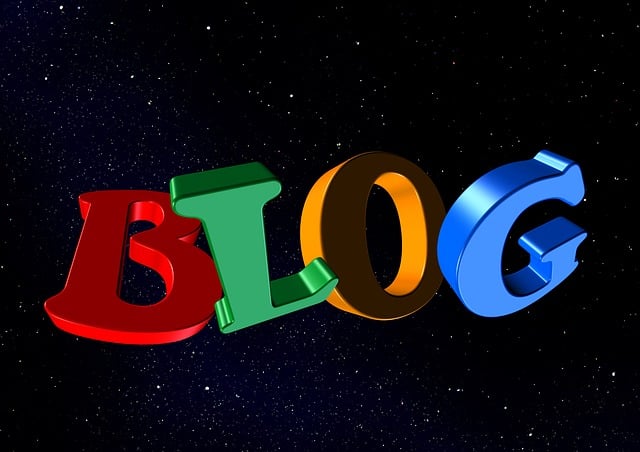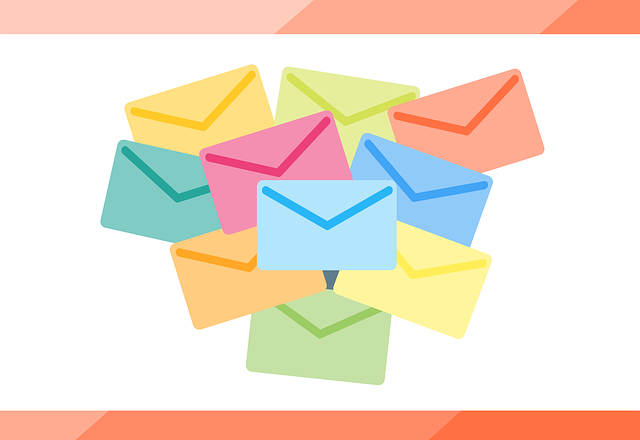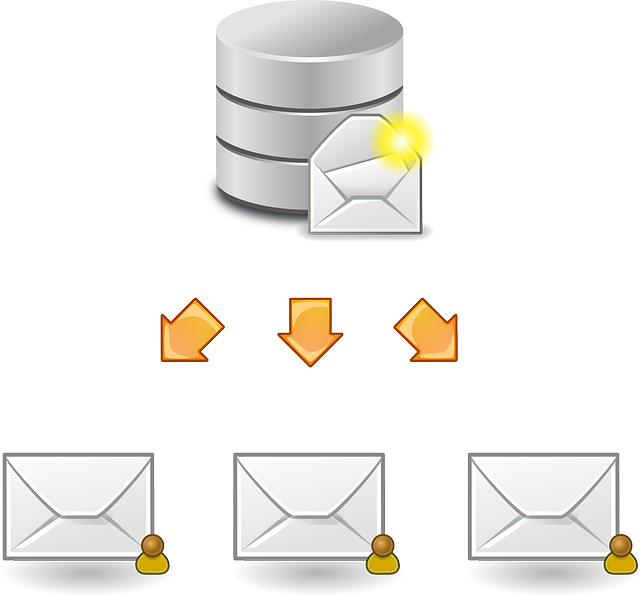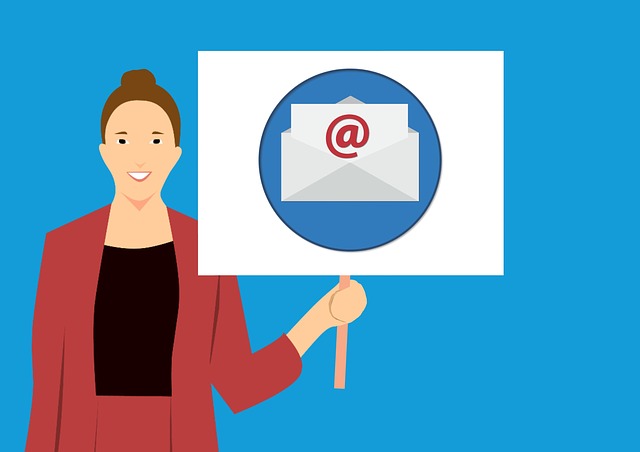In today’s digital age, the competition for the attention of potential donors and supporters is fierce. As a nonprofit organization, you need to find the most effective way to engage with your audience and inspire them to take action. Two powerful tools in your arsenal are email marketing and social media. But which one is better?
As the saying goes, ‘Don’t put all your eggs in one basket.’ It’s crucial to diversify your outreach strategies and utilize both email marketing and social media to maximize your impact.
In this article, we will explore the benefits of each platform and help you understand how to leverage them effectively. From the targeted reach and engagement of email marketing to the building of brand awareness and community on social media, we will delve into the strengths of each approach.
So, let’s dive in and find the perfect balance between email marketing and social media strategies for your nonprofit.
Key Takeaways
- Email marketing allows for personalized content and direct delivery to inboxes
- Social media amplifies outreach efforts and allows for interactive engagement
- Integrating both email marketing and social media maximizes reach and engagement
- Measurement of success in email marketing and social media can be done using analytics and tracking tools
Understanding the Benefits of Email Marketing for Nonprofits
Email marketing offers numerous benefits for nonprofits. It allows you to reach a wide audience with engaging content that can be personalized and delivered directly to supporters’ inboxes. With the help of email automation, you can streamline your communication process and save time by automatically sending out updates, newsletters, and donation appeals. This not only helps you stay connected with your supporters but also fosters a sense of connection and community.
Additionally, email marketing provides valuable insights into the success of your campaigns. It allows you to measure open rates, click-through rates, and conversion rates. These metrics help you understand what resonates with your audience and make data-driven decisions to improve your outreach efforts.
Harnessing the power of social media for nonprofit outreach is another effective strategy to consider.
Harnessing the Power of Social Media for Nonprofit Outreach
Don’t miss out on the incredible potential of tapping into the social media realm to amplify your nonprofit’s outreach efforts.
Social media strategies can be a powerful tool for nonprofit fundraising, allowing you to reach a wider audience and engage with supporters in a more interactive way.
Through platforms like Facebook, Twitter, and Instagram, you can share compelling stories, showcase impactful visuals, and provide real-time updates on your organization’s work.
Social media also offers the opportunity for your supporters to easily share your content with their own networks, increasing your reach exponentially.
However, targeting reach and engagement is just one aspect to consider when comparing email marketing and social media.
Next, we’ll explore the benefits of using email marketing to connect with your audience on a more personal level.
Targeting Reach and Engagement: Email vs. Social Media
Maximize your impact by exploring the strategies that target reach and engagement, allowing you to connect with your audience on a more personal level. When it comes to targeting effectiveness, both email marketing and social media have their strengths. Here are four key points to consider:
-
Reach: Social media allows you to reach a wide audience instantly, while email marketing allows you to directly reach individuals who’ve opted in to receive your messages.
-
Engagement: Social media platforms offer interactive features like comments and shares, fostering engagement and community-building. On the other hand, email marketing allows for personalized, one-on-one communication with your supporters.
-
Measuring ROI: With social media, you can easily track metrics like likes, shares, and comments. Email marketing, however, provides detailed analytics on open rates, click-through rates, and conversions.
-
Personalization: Leveraging personalization and segmentation in email marketing allows you to target specific individuals with tailored messages based on their preferences and interests.
By understanding the strengths of both email marketing and social media, you can develop a comprehensive outreach strategy that maximizes your impact.
Transitioning into the next section, let’s explore how leveraging personalization and segmentation in email marketing can further enhance your nonprofit’s connections with supporters.
Leveraging Personalization and Segmentation in Email Marketing
Utilizing personalization and segmentation in email campaigns allows nonprofits to tailor their messages and connect with supporters on a more individualized level, fostering stronger relationships and a deeper sense of engagement. By segmenting their email lists based on supporter demographics, interests, or past interactions, nonprofits can send targeted messages that resonate with each recipient.
Personalizing the content of these emails, such as using the recipient’s name or referencing their previous donations or actions, further increases the likelihood of engagement. This level of customization not only maximizes open rates but also creates a sense of personal connection, making supporters feel valued and understood.
As a result, nonprofits can build trust and loyalty, leading to increased support and ongoing engagement. Transitioning into the subsequent section about ‘building brand awareness and community on social media’, nonprofits can leverage the foundation of personalized email marketing to extend their reach and impact on social media platforms.
Building Brand Awareness and Community on Social Media
Creating a strong online presence through social media can be a powerful tool for nonprofits. 71% of internet users are more likely to purchase from a brand that they follow on social media. By building brand awareness and community on platforms like Facebook, Twitter, and Instagram, nonprofits can engage with their audience and showcase their mission in a more interactive way.
Sharing engaging content such as impactful stories, behind-the-scenes footage, and user-generated content can help create a sense of connection and loyalty among followers. Additionally, social media platforms provide valuable metrics and analytics for measuring impact. This allows nonprofits to track reach, engagement, and conversion rates.
However, it’s important to find the right balance between email marketing and social media strategies for maximum effectiveness. Transitioning into the subsequent section, integrating these two approaches can create a holistic marketing strategy for nonprofits.
Finding the Right Balance: Integrating Email Marketing and Social Media Strategies for Nonprofits
Now that you understand the importance of building brand awareness and community on social media, it’s time to explore how to find the right balance between email marketing and social media strategies for your nonprofit.
By integrating these two powerful tools, you can maximize your reach and engagement with your audience.
To achieve this, consider the following strategies:
-
Integrating online fundraising: Use both email marketing and social media to drive donations and support for your cause. Create cohesive campaigns that encourage your audience to take action and donate.
-
Measuring success in email marketing and social media: Utilize analytics and tracking tools to measure the effectiveness of your email marketing and social media efforts. This will help you identify what strategies are working best and make data-driven decisions to optimize your campaigns.
By finding the right balance and integrating these strategies, you can create a cohesive and impactful marketing approach for your nonprofit.
Frequently Asked Questions
What are some effective strategies for increasing email open rates for nonprofit organizations?
To increase email open rates for nonprofit organizations, it is important to incorporate email segmentation and personalization. By segmenting your email list based on demographics, interests, or donation history, you can send targeted messages that are more likely to resonate with your audience.
Additionally, personalize your emails by using recipients’ names and tailoring content to their preferences. This personalized approach shows that you value their individuality and increases the chances of them opening and engaging with your emails.
How can nonprofits effectively measure the success of their social media campaigns?
To measure the success of your nonprofit’s social media campaigns, you need the right tools. Nonprofit social media analytics provide a bird’s-eye view of your impact, like a compass guiding your path.
Track key metrics such as engagement rate, reach, and conversions to see if your message resonates with your audience. Use these insights to refine your strategy and make data-driven decisions.
With the power of analytics, you can navigate the digital landscape and steer your organization towards success.
Are there any specific email marketing platforms that are recommended for nonprofits?
If you’re a nonprofit looking for a recommended email marketing platform, there are a few great options to consider.
Mailchimp is a popular choice, offering user-friendly features and a free plan for smaller organizations.
Constant Contact is another reliable platform, known for its customizable templates and event management tools.
When it comes to successful email marketing campaigns for nonprofits, examples like charity: water’s donation appeals and World Wildlife Fund’s impact updates stand out.
These platforms can help you create compelling campaigns that engage and inspire your supporters.
What are some best practices for engaging and growing an email subscriber list for nonprofits?
Looking to engage and grow your email subscriber list for your nonprofit? Start by utilizing email segmentation to ensure your messages are tailored to your audience’s interests and needs.
Implementing email automation can also help save time while delivering personalized content.
But how can you make sure your subscribers are eager to join your list? By offering valuable incentives and promoting your email list through various channels, you can attract and retain a loyal audience who’s passionate about supporting your cause.
How can nonprofits effectively leverage user-generated content on social media to increase engagement and brand awareness?
To effectively leverage user-generated content on social media and increase engagement and brand awareness for your nonprofit, encourage your followers to share their experiences and stories related to your cause. Use hashtags and mentions to amplify their content and show appreciation.
Engage with your audience by responding to comments and questions promptly. Additionally, consider running contests or campaigns that encourage user participation and sharing.
By incorporating user-generated content into your social media strategy, you can create a sense of community and authenticity that will resonate with your audience.
Conclusion
So, when it comes to email marketing vs. social media for nonprofits, the choice is not about picking one over the other, but rather about finding the right balance between the two.
Email marketing offers the benefits of targeted reach and personalized engagement, while social media allows for building brand awareness and fostering a sense of community.
By integrating these strategies, nonprofits can create a powerful and effective outreach plan. So, why limit yourself to just one? Embrace the power of both and watch your nonprofit thrive like never before.










